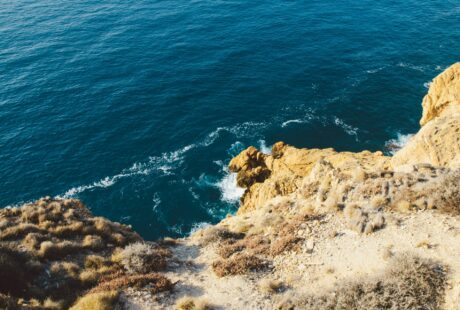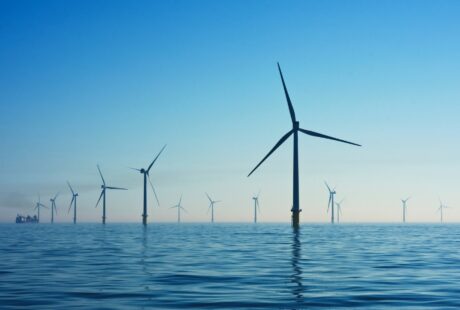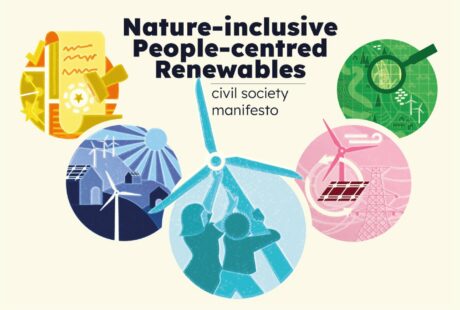At the second North Sea Summit, nine country leaders (including French President Emmanuel Macron and German Chancellor Olaf Scholz) signed the “Declaration of Ostend” that aims to turn the North Sea into Europe’s largest renewable energy plant. This includes ambitious targets for offshore wind energy (300 GW by 2050, which could power up to 225 million homes) and green hydrogen production, enhanced cross-border cooperation, and security measures involving NATO. The countries also aim for “a balanced coexistence of economic and ecological needs”. How that is to be achieved remains unclear.
In addition to the Summit’s founding countries of Belgium, Denmark, Germany and the Netherlands, the coalition was enlarged to include France, Ireland, Luxembourg, Norway and the United Kingdom. The nine countries commit to realising at least 120 GW of offshore wind by 2030 in the North Sea and to at least 300 GW by 2050. This should also contribute to the large-scale production of hydrogen.
In her statement, European Commission President Ursula von der Leyen stressed the importance of these ambitious targets, especially in light of the revised Renewable Energy Directive, which raises the 2030 bar for renewables from 32% to more than 42%. She also hailed the North Sea’s role as a future producer of green hydrogen as a “game changer for Europe, our industries and our economy”.
The declaration – which also includes the Irish Sea, the Celtic Sea, and the Atlantic Ocean – also emphasises the need for cooperation. This is direly needed, as demonstrated by the current dispute between Belgium and France about French plans for an offshore wind farm near Dunkirk, next to the Belgian border, which according to Belgium would be an obstacle for shipping routes.
Considerable attention was devoted to security risks, with Russia allegedly eying up North Sea wind farms and communication cables for sabotage, and explosions along the Nord Stream gas pipelines in the Baltic still on everyone’s mind. The security of offshore and underwater infrastructure (including cables and gas pipelines) will be stepped up within NATO and the EU.
Coordinated planning of carbon capture, usage and storage under the North Sea is another aim of the declaration. Norway signed an agreement with Belgium on these issues, as well as a “green alliance” with the EU.
Climate breakdown and biodiversity collapse are two sides of the same coin. Large-scale deployment of offshore energy should be planned with nature in mind. In the declaration, the countries also committed to “take all relevant and appropriate steps to advance the balanced coexistence of renewables deployment, biodiversity and environmental protection, as well as to contribute to healthy and robust marine ecosystems”, although what this means in practice is yet to be seen. The implementation of existing marine environment related measures, such as the Marine Strategy Framework Directive and the Maritime Spatial Planning Directive, is poor. The option opened by the revised Renewable Energy Directive to side-line Environmental Impact Assessments and the Habitats directives in certain cases, does not bode well either. Ironically, Belgium, which was hosting the Summit, will be the first European country to build a large-scale wind farm in a Natura 2000 area.
Posted on: 27 April 2023



